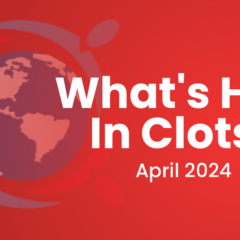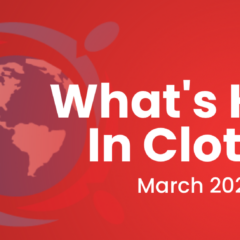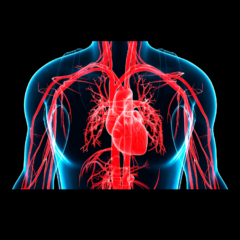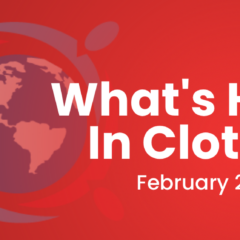Last updated on
Clot Chronicles: Cerebral Venous Sinus Thrombosis in the COVID-19 Era
Hi, this is Dr. Behnood Bikdeli. I’m a cardiologist from the Cardiovascular Medicine Division at Brigham and Women’s Hospital and Harvard Medical School. I also have affiliations at the Yale Center for Outcomes Research and Evaluation and the Cardiovascular Research Foundation.
Today I’m here with you on Clot Chronicles to discuss the results of one of the recent studies that we performed about cerebral vein sinus thrombosis (CVST) in patients with COVID-19 and to compare that against people who developed CVST after vaccination with the AstraZeneca vaccine, Johnson & Johnson vaccine, and also the normal US population to get a sense of how they compare with the overall population.
So, one of the main reasons we did this study was that early after vaccination became widespread with the Johnson & Johnson vaccine (and also the AstraZeneca vaccine more so in Europe), concerns emerged about the risk of thrombotic events after vaccination, specifically between 4 and 30 days after vaccination.
As you know, CVST is a specific type of venous thrombosis most often happening in women of child-bearing age and in many cases associated with hormonal use, including oral contraceptives and others. But now we saw some of these events after vaccination and we thought it would be very timely to try to understand whether these events are really different.
So to accomplish this, we tried to use a few different data sources to be able to understand the event rates. To understand the event rates after vaccination with the AstraZeneca vaccine, we used the data from MHRA in the United Kingdom, where use of the AstraZeneca vaccine was fairly commonplace. In contrast, for the Johnson & Johnson vaccine, we used the data that was reported by the FDA and CDC for the denominator of people vaccinated.
When we wanted to understand what the base rate in the US population was, we use the so-called Nationwide Inpatient Database (NIS), which is a large, multi-insurance national database representative of at least 20% of the US hospitalizations and that could be weighed so that we get a weighted average for the entire US population. So that’s what we did with the NIS. And because of the events for CVST were during hospitalization, we were confident that this would reflect the population, and we used the total number of people in the US centers as the denominator.
Last but not least, we wanted to cross-compare all of these versus people who got hospitalized with COVID-19 and developed CVST. The reason for this was that many people have been concerned, and time and time again we’ve seen that COVID-19 itself could be a prothrombotic state. So, what we ended up doing was we got the event rates from all of these databases—for the most part, it’s within 30 days of the symptoms—and then we estimated a 99% confidence interval so that we know it’s not just a point estimate. What is the top boundary and what is the lower boundary so that we have an appreciation?
And the figure that you’re seeing is, essentially, showing the bottom-line results. Rates of CVST are fairly low with the AstraZeneca and Johnson & Johnson vaccines – really in order of absolute events, the rate is not way far off from what we see in the normal US population in the NIS. However, for people hospitalized with COVID-19 (shown on the right-hand side of the panel), you see that the number of events and the proportion of people who develop CVST is far higher, more than 200 per million.
So I think that has an important message. Specifically speaking for these vaccines, yes, we always need to generate more knowledge. But it looks like in order of magnitude, hospitalization with COVID-19 is a much, much bigger risk for CVST. We also need to be cognizant of the limitations of this study, including use of different data sources.
But also importantly, this study, in and of itself, does not address the so-called vaccine-induced thrombotic thrombocytopenia. This specific condition, which has been recognized after vaccination predominantly with adenovirus-based vaccines such as AstraZeneca and Johnson & Johnson, is occasionally associated with low platelets and blood clots, sort of similar to heparin-induced thrombocytopenia with thrombosis. It needs more investigation and more studies. Some of those cases present with CVST. This study did not address that.
In the grand scheme of things, it looks like the overall event rates are very low for CVST after vaccination, which in some sense speaks to the safety of the vaccines.
Thank you very much for your attention.



